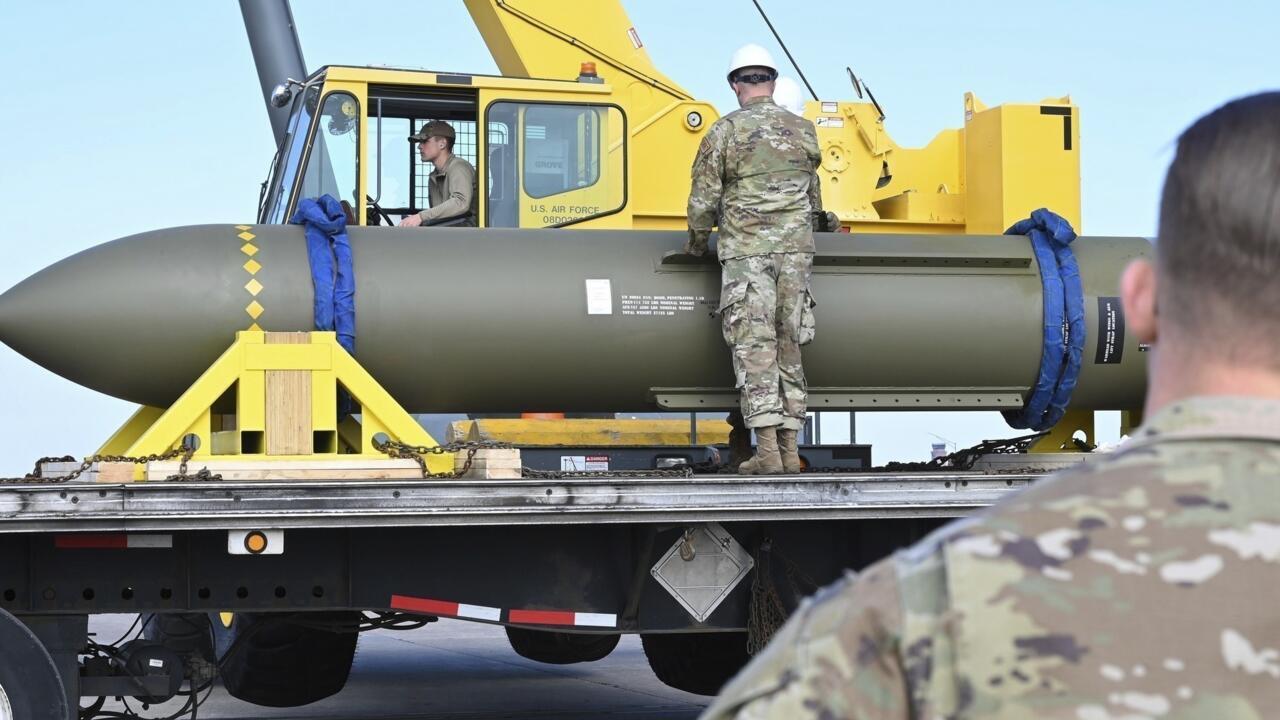Articles in this Cluster
17-06-2025
CNN examines Iran’s Fordow Fuel Enrichment Plant, a secretive uranium enrichment site buried 80–90 meters inside a mountain near Qom, designed to withstand bunker-busting bombs and difficult to destroy from the air. Built during Iran’s early-2000s “crash” nuclear weapons program, Fordow was revealed in 2009 and has long raised alarms over military dimensions. The JCPOA curtailed its activities, but after the U.S. exited the deal in 2018, Iran expanded operations; the IAEA reports enrichment up to 60% and about 2,700 centrifuges on site. Experts say Iran could rapidly convert existing 60% stock into weapons-grade material, potentially enough for multiple bombs within weeks, making Fordow central to Israeli concerns. Recent Israeli strikes have not visibly damaged the facility; analysts note only the U.S. possesses munitions capable of potentially penetrating Fordow’s depth, underscoring its strategic resilience and the growing nuclear proliferation risk.
Entities: Fordow Fuel Enrichment Plant, Iran, Qom, International Atomic Energy Agency (IAEA), Joint Comprehensive Plan of Action (JCPOA) • Tone: analytical • Sentiment: neutral • Intent: inform
17-06-2025
The article explains that if the US directly aids Israel against Iran, Washington could supply GBU-57 Massive Ordnance Penetrator “bunker-buster” bombs to target Iran’s deeply buried Fordo uranium enrichment site. The 30,000-pound bomb can penetrate roughly 200 feet and multiple strikes can burrow deeper, but only the US B-2 stealth bomber is configured to deploy it, making US involvement pivotal and politically consequential. Fordo, built into a mountain near Qom and protected by air defenses, is smaller than Natanz but considered critical to Iran’s program; Israel views its destruction as essential. While such strikes risk releasing nuclear material, past incidents at Natanz caused contamination limited to the site, per the IAEA. US willingness to participate remains unclear, and Israeli officials say they have alternative options beyond long-range bombing.
Entities: GBU-57 Massive Ordnance Penetrator, Fordo uranium enrichment site, B-2 stealth bomber, United States, Israel • Tone: analytical • Sentiment: neutral • Intent: inform
17-06-2025
Iran’s ambassador to the UK, Seyed Ali Mousavi, told Sky News that Iran’s retaliation to recent Israeli strikes on its military leaders and nuclear sites is an act of self-defense and a “matter of principle,” accusing Israel of violating international law. He said Iran will defend its territorial integrity and pursue concrete actions against Israel, while insisting Iran’s nuclear program is peaceful and monitored, dismissing IAEA criticism as politically motivated. The comments follow Israeli claims Iran is moving to weaponize enriched uranium and amid canceled US-Iran talks due to escalating tensions.
Entities: Iran, Israel, Seyed Ali Mousavi, Sky News, International Atomic Energy Agency (IAEA) • Tone: analytical • Sentiment: negative • Intent: inform
17-06-2025
The article explains that Iran’s Fordo nuclear facility is buried deep inside a mountain and can likely be destroyed only by the U.S.’s 30,000-pound “bunker buster” bomb, deliverable by B-2 stealth bombers. The U.S. has long refused to provide this weapon to Israel to avoid triggering a wider war. Israel, however, could impede Fordo by striking nearby power infrastructure, blocking entrances, or using special operations to disable the site, though fully destroying it remains unlikely. Fordo’s protection reflects lessons from Israel’s 1981 strike on Iraq’s aboveground reactor. While enriched uranium at Fordo has reached 83.7%—near weapons grade—Iran insists its program is peaceful. Any U.S.-enabled strike would carry major risks, including potential radioactive contamination, regional escalation, and political fallout, and President Trump has shown little appetite for deeper military involvement.
Entities: Fordo nuclear facility, Iran, United States, Israel, B-2 stealth bomber • Tone: analytical • Sentiment: neutral • Intent: inform
